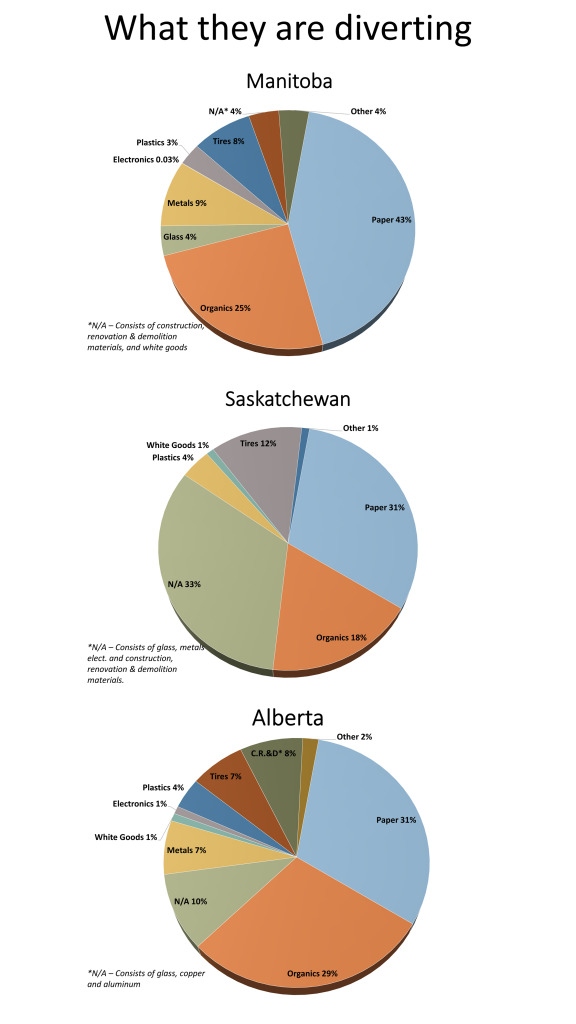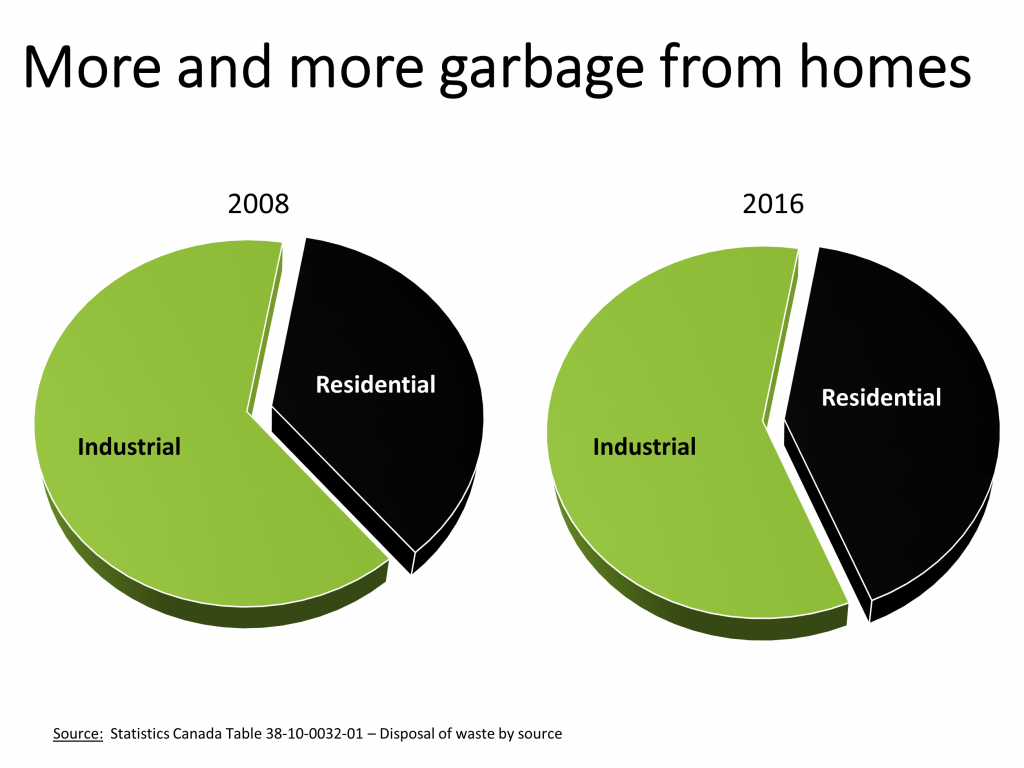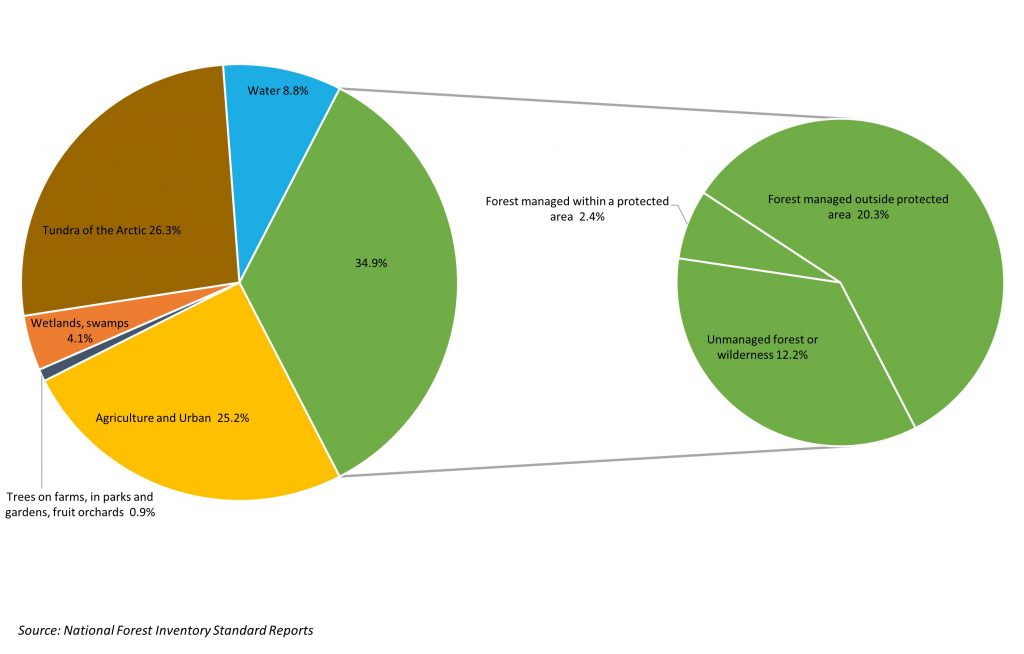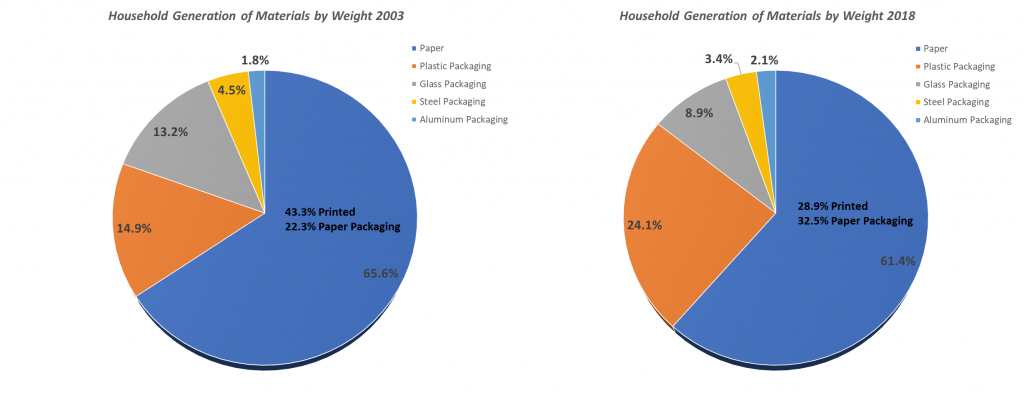Canada’s ‘middle performers’ in waste management: Quebec, New Brunswick, and Ontario
Three provinces sit in the middle of Canada’s waste disposal charts. But because two of them (Quebec and Ontario) together contain 60% of Canada’s population, they basically determine the country’s overall waste management performance. According to the latest Statistics Canada data, Quebecers, New Brunswickers and Ontarians ranked third, fourth and fifth-largest dumpers of waste of […]
Canada’s ‘middle performers’ in waste management: Quebec, New Brunswick, and Ontario Read More »










